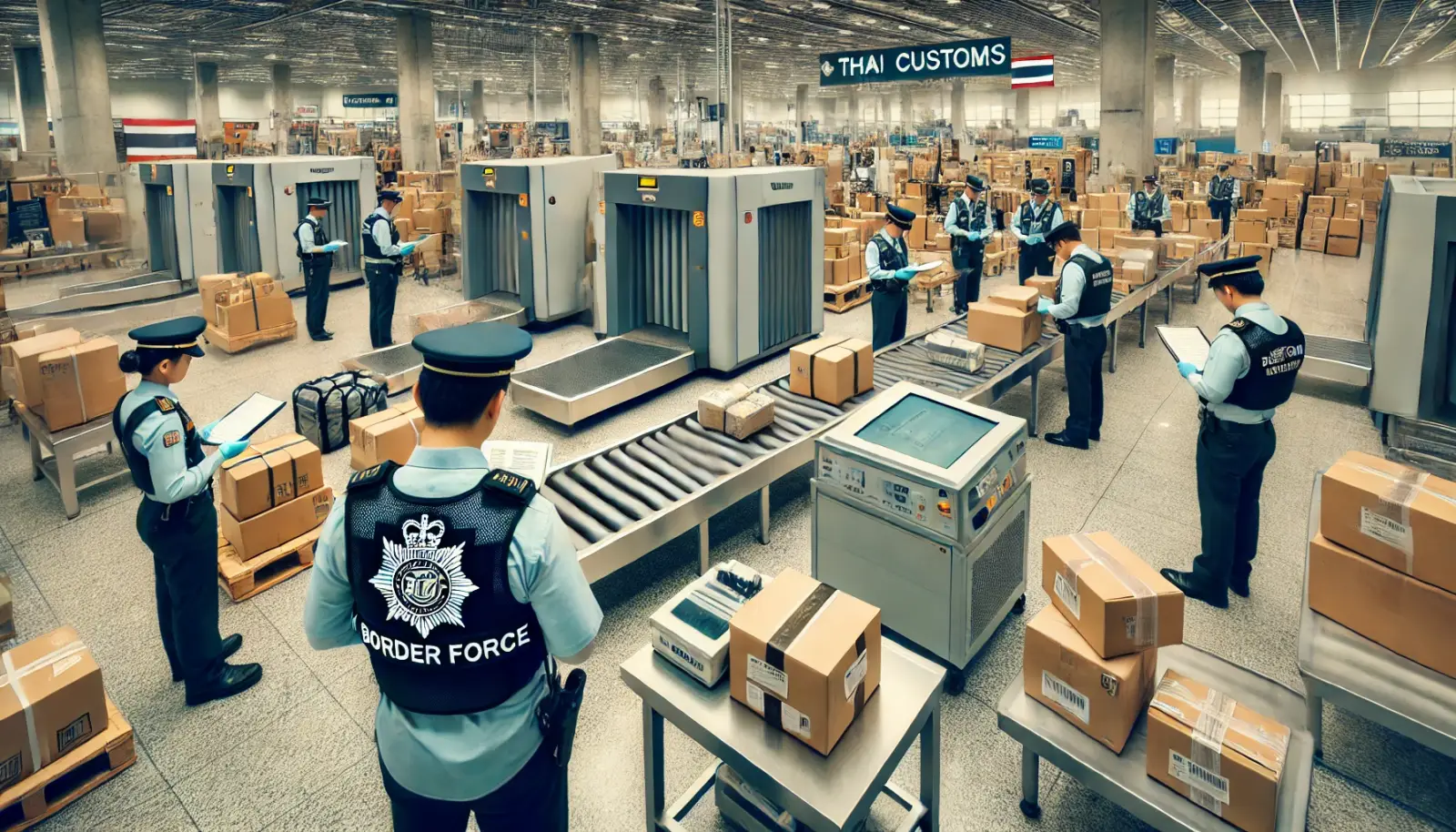Unmanned aviation is now really taking off. The electric-powered and locally emission-free flying devices known as drones are coming under the magnifying glass of both companies and researchers.
In order to ensure efficient, safe and professional operations, several major challenges need to be addressed. These include, for example, air navigation services for low-level airspace, control of flights when out of visual line of sight, and the possibility of performing several tasks with a single flight. These and many other challenges are being tackled by the Drolo project, which promises to be an undertaking of international significance.
The Drolo project will examine, develop and pilot solutions for traffic management in lower airspace, 5G connections and the utilisation of printed and embedded electronics. The project will test out smart drone services for use in ports, the use of drones in the vicinity of an airport, a drone weather service and the suitability of hydrogen as an energy source for drones. The project will also develop business models for Finnish drone operators from an export perspective. For example, performing several jobs or multiple customers during the same flight improves the cost-effectiveness of drones. The project will involve setting up Finland’s first drone air traffic control test area in the Oulu region. The project’s partners include a number of key drone-related Finnish commercial and research actors. The project will create an ecosystem that will generate innovations and new drone-related business opportunities.
Lower airspace for drone use
Drones are electric-powered and locally emission-free flying devices that are currently the centre of attention. Legislation is moving forward at the European level, enabling new forms of professional use for drones. Soon to be established are U-Space systems: administrative solutions for lower airspace in urban areas which are expected to be implemented at the European level – including Finland – in early 2023.
‘The region we chose is ideal as a test area for demanding experiments that will test out future unmanned aviation solutions that can be put to use in all urban areas. There is a busy, but not too busy, airport in the area and also a harbour, archipelago and urban environment’, explains project coordinator Petri Mononen from VTT.
‘Drolo is an important step towards increasing the possibilities for unmanned and manned aviation taking place within the same airspace. We will be modelling different options for safe and flexible air traffic. This also means a broad and open dialogue between different actors,’ says Pasi Nikama, Director of Customer Relations and Marketing at Fintraffic ANS.
Cities are pioneers in service aviation
The project is also closely linked to the future of cities, as these will play an important role as the third dimension of mobility becomes part of everyday life. The City of Oulu, where the test area is located, is also actively involved in the project and is linking the services created to the needs of urban residents and companies. “There are a lot of technology companies in the region whose business relates to the project in some way, and the area also has a comprehensive 5G network,” explains Timo Lind, Principal Scientist at VTT.
“BusinessOulu has been involved in the preparation of the project and sees unmanned aviation as a multi-sector digital services business sector,” adds Juha Ala-Mursula, Director of BusinessOulu.
“Oulu wants to be involved in facilitating the creation of new low-carbon solutions through joint development – so it’s great to involve a large number of front-line operators alongside the region’s strong research activities,” enthuses Heikki Huhmo, Liaison Manager at BusinessOulu.
Drone development opens up numerous applications
In the devices soon to be available, the radio technology will increasingly be based on fast cellular-network solutions (5G, 6G), which will enable operations in wider areas and without visual contact. Flying outside of visual contact requires better drone autonomy and more sophisticated observation of the environment.
“Thanks to its extensive ecosystem, Oulu is a natural place to explore the opportunities offered by 5G networks in new business areas, such as unmanned aviation. In the Drolo project, Nokia aims to continue developing corporate network solutions by utilising drones”, tells Erja Sankari, VP, Supply Chain, Nokia.
Drone performance is rapidly evolving in terms of flight times, load carrying capacity and resistance to rain, snow and frost. The development of drones’ radio connections, autonomy and airspace management will enable new and safe use applications in both urban and rural areas. Examples include extensive use of drones in goods logistics, agriculture, forestry, harbours, airports and the construction sector as well as for official duties and in maintenance and inspection tasks. Within research activities, drones offer an excellent platform for the collection of many types of data. Drones are also seen as a platform for developing digital solutions for traditional aviation.
“In addition to the performance of the technology and equipment, it is also important to develop operating models. Understanding the needs of different actors and how to fit these together with the aviation regulation and opportunities offered by the new technology is at the core of our research and development activities. Drolo provides a good framework for delivering realistic solutions in a multi-actor environment,” notes Ville Somppi, Director of Product Business and Sales at Insta.
The approximately EUR 7.5 million project, funded jointly by Business Finland and the partnering organisations, began in April 2021 and will last for two years. The project is coordinated by VTT Technical Research Centre of Finland, and the research partners are Aalto University and the Finnish Meteorological Institute. A number of different companies will be developing their export products and services, including Fintraffic ANS, Nokia, Insta, TactoTek, Port of Oulu, Fleetonomy and MediaTek.













